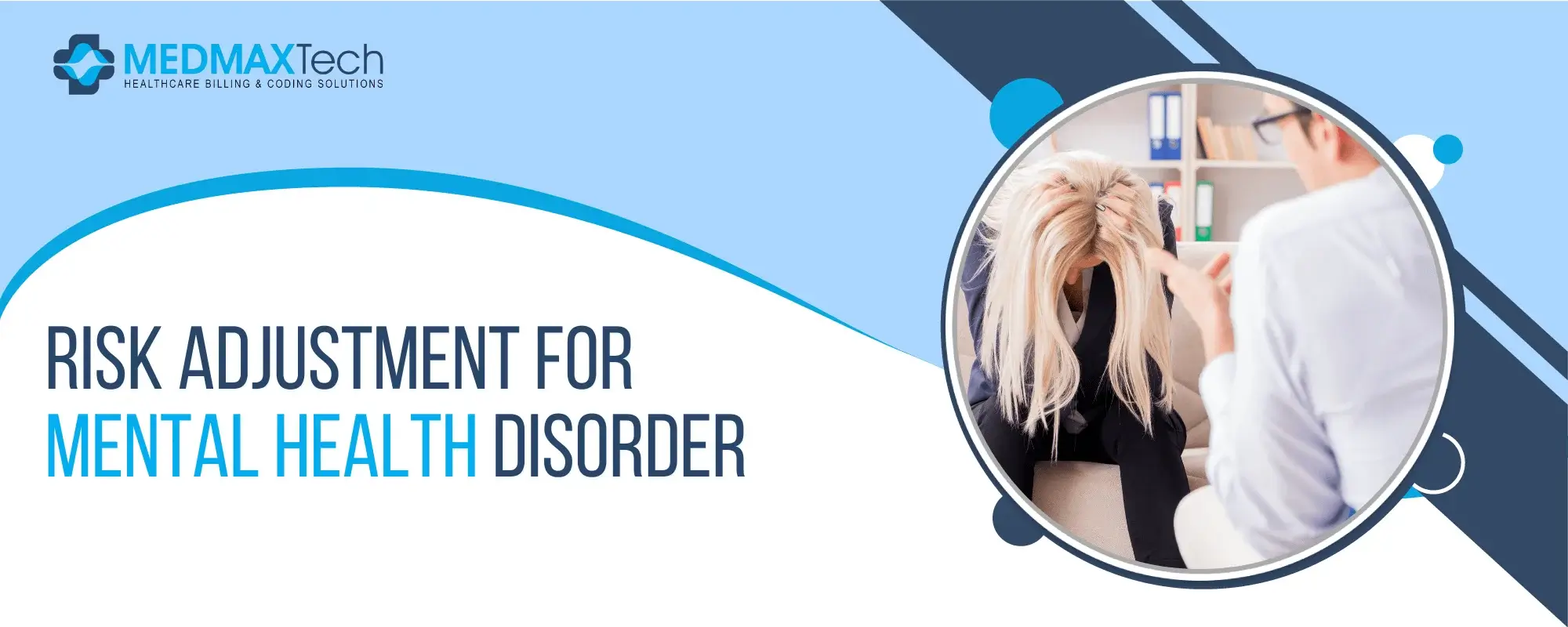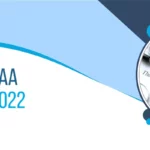
Risk Adjustment For Mental Health Disorder
To estimate medical billing companies expense, a process for mental health disorder known as risk adjustment compares a person’s health to a risk score. By covering members with projected lower healthcare expenditures, the “risk” to a health plan ensures members with high healthcare use are “adjusted.”
Risk adjustment is how insurance companies participating in particular programs get paid for managing members’ healthcare needs based on their diagnoses. At the same time, most medical coders are pretty familiar with the fee-for-service (FFS) methodology of payment in which insurers pay providers based on the services for a patient. The maintenance of coverage and access to care for advantages likely to incur more significant than average expenses depend on risk adjustment in patient billing.
Essential to ensure health insurance plans receive enough compensation. Healthcare revenue cycle management companies cannot discriminate against or deliberately insure only a specific demographic of members with a limited slot. We can say several expected healthcare costs because risk adjustment programs are controlled by government organizations established to serve all eligible public members. Regardless of one’s health status or medical history, access to high-quality healthcare is made possible by the case mix of healthy and ill patients and the cost-sharing of expenses split among all members.
Risk Index And Risk Adjustment Factor (RAF)
Each year, a risk score for mental health disorder is given to participants in risk adjustment programs based on their demographics and illnesses (HCCs). An enrollee’s risk score is officially determined by the state or federal agency in charge of the risk adjustment program they are a part of, and it resets every January 1. Risk adjustment factor (RAF), often known as RAF score, is another name for risk score.
Coding Model For Hierarchical Condition Categories (HCCs)
Especially from a medical billing and coding expert viewpoint, understanding Hierarchical Condition Categories is a proper place to begin when learning about risk adjustment.
A list of diagnoses with a risk adjustment value is known as a Hierarchical Condition Categories (HCC) list. The list is updated yearly and made available online in spreadsheet form by the Department of Health and Human Services (HHS). This standard HCC list is used by each risk adjustment payment model differently.
All ICD-10-CM-coded diseases are grouped into diagnosis groups based on bodily systems or disease processes to create an HCC list. These groups are subsequently separated into condition categories based on similar cost trends. Only the diagnoses are anticipated to influence long-term healthcare costs related to clinical prescription drug management.
Specifically, the demographics of the particular risk adjustment payment model are included in the final HCC list because it illustrates which HCCs cross to which diagnosis codes. This list of HCCs is known as a crosswalk.
What Influences the Risk Score in Mental Health?
A provider must submit all conditions affecting a patient’s health status at least once per year on one or more claims for the program to collect their risk score appropriately. The patient’s risk score will drop for the current year if a chronic condition not recaptured in the previous year is not present. If more conditions are reported, the patient’s risk score will also rise from the prior year.
The person’s essential risk score for that year only considers the demographic criteria because risk scores reset on January 1. Diagnoses are taken into account in the final risk score. A risk adjustment health plan depends on precise and regular submission of all ailments each year to preserve predictability in the healthcare medical billing management expenditures of its participants.
The Demographics
In addition to diagnoses, demographic characteristics are employed to calculate risk scores.
- Age
- Sex
- status socioeconomic
- status of disability
- Medicaid acceptance
- Establishment status
The enrollment application provides demographic data to risk adjustment programs. There is an application procedure whether you’re applying for Medicare, Medicaid, or private insurance. The programs establish enrollment by using a person’s Social Security number, permanent residence, and answers to financial and medical questionnaires.
Socioeconomic status differs from the ICD-10-CM categories for social determinants of health that may impact a patient’s well-being. It is used as a demographic element in the risk score calculation.
Diagnoses And General Health
The patient’s health status is considered while calculating the risk score and demographic factors. Correct diagnosis code reporting is crucial to accurately assessing the patient’s health state.
Which is the goal of recording diagnoses in an HCC model. Only conditions that are expensive to manage from a medical or prescription drug treatment perspective are likely to be found in the risk adjustment model’s HCC crosswalk. Not every one of the more than 70,000 diagnosis codes available in the ICD-10-CM code set maps to an HCC to calculate the HCC risk score.
So if a patient may incur higher healthcare costs and, as a result, have higher risk factors increases with increasing illness. Not everyone has a risk score, just as not every diagnosis influences a person’s risk score. Risk scores are only assigned to participants in risk adjustment insurance plans. It’s possible that some diagnosis codes that work with one risk adjustment payment posting model won’t work with another.
Models Of Risk Adjustment Payment
Models for risk adjustment payments show how medical billing companies are compensated for meeting the medical needs of insured members. The majority of payment models contain smaller programs.
Most notable are prescription-related programs that reimburse the health plan for the cost of covering medications required to treat conditions on the crosswalk for that risk adjustment model and diagnosis-related programs that concentrate on medical costs to manage the clinical treatment of a condition.
1. Medicaid Risk Modification:
Medicaid users who participate in a Managed Care Organization will receive risk adjustment payments under the Medicaid Chronic Illness and Disability Payment System (CDPS), used by the states (MCO). Even though each state has its requirements for eligibility.
Medicaid—the federal arm of CMS that works in collaboration with states—generally offers health insurance to qualified low-income families with children, pregnant women, the elderly, and persons with disabilities. Medicaid recipients are free to join or leave at any time. Medicaid applications can be submitted through the Marketplace market.
Medicaid risk adjustment identifies the demographics of an enrollee and applies various risk score calculation values for adults, children, and people with disabilities. According to the Medicaid risk adjustment model, the current year’s diagnoses impact the current year’s risk score.
2. Medicare Risk Adjustment:
The most used risk adjustment approach is Medicare risk adjustment, linked to Medicare Advantage Organizations.
An organization contracting with CMS to provide Medicare beneficiaries with insurance that includes inpatient and outpatient treatments and optional prescription benefits is referred to as a Medicare Advantage Organization (MAO, formerly known as Part C).
Medicare benefits are often only available to those 65 years or older. However, disabled people are also eligible regardless of age. An MAO or regular Medicare Parts A and B enrollment are options for beneficiaries.
According To 2016 Census Act
Various government laws, like the 21st Century Cures Act of 2016, have addressed risk adjustment in healthcare for the poor population over time. One such law, the 21st Century Cures Act (CCA), deals with societal health and provides additional financing for organizations like the Food and Drug Administration, HHS, and the National Institutes of Health Innovation Projects.
Risk adjustment coders must know how this act and other upcoming regulations may impact Medicare risk adjustment. As an illustration, CMS has included the following variables that count circumstances in the HCC adjustment model: When participants have four or more conditions that correspond to a CMS-HCC, the risk score will gradually add an adjustment value. The change is intended to benefit MAOs.











